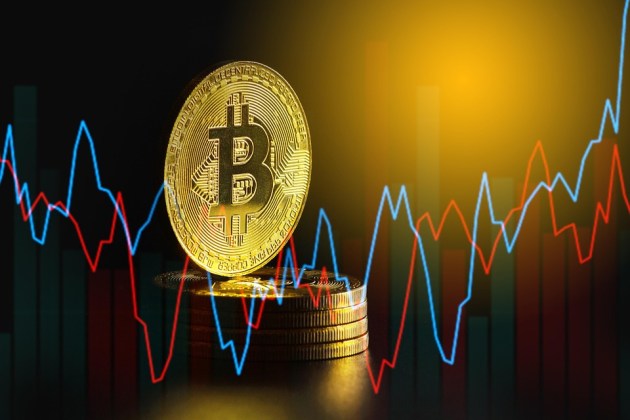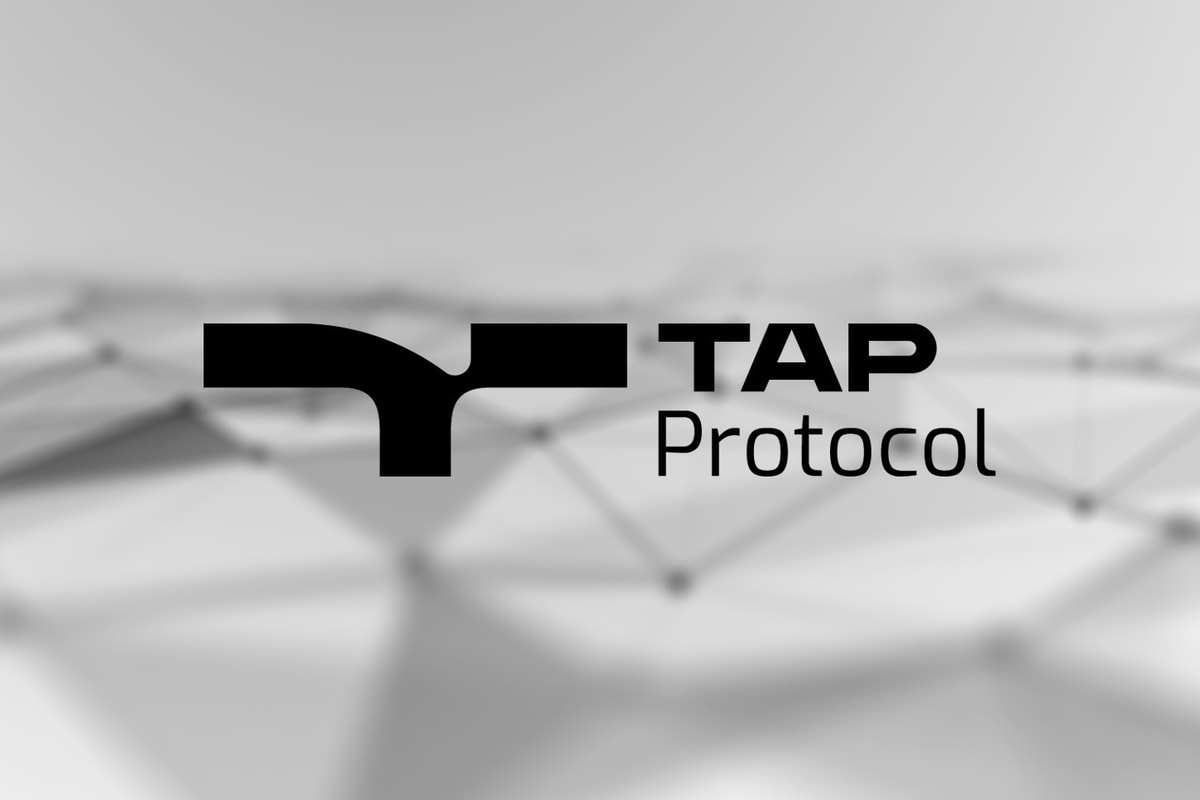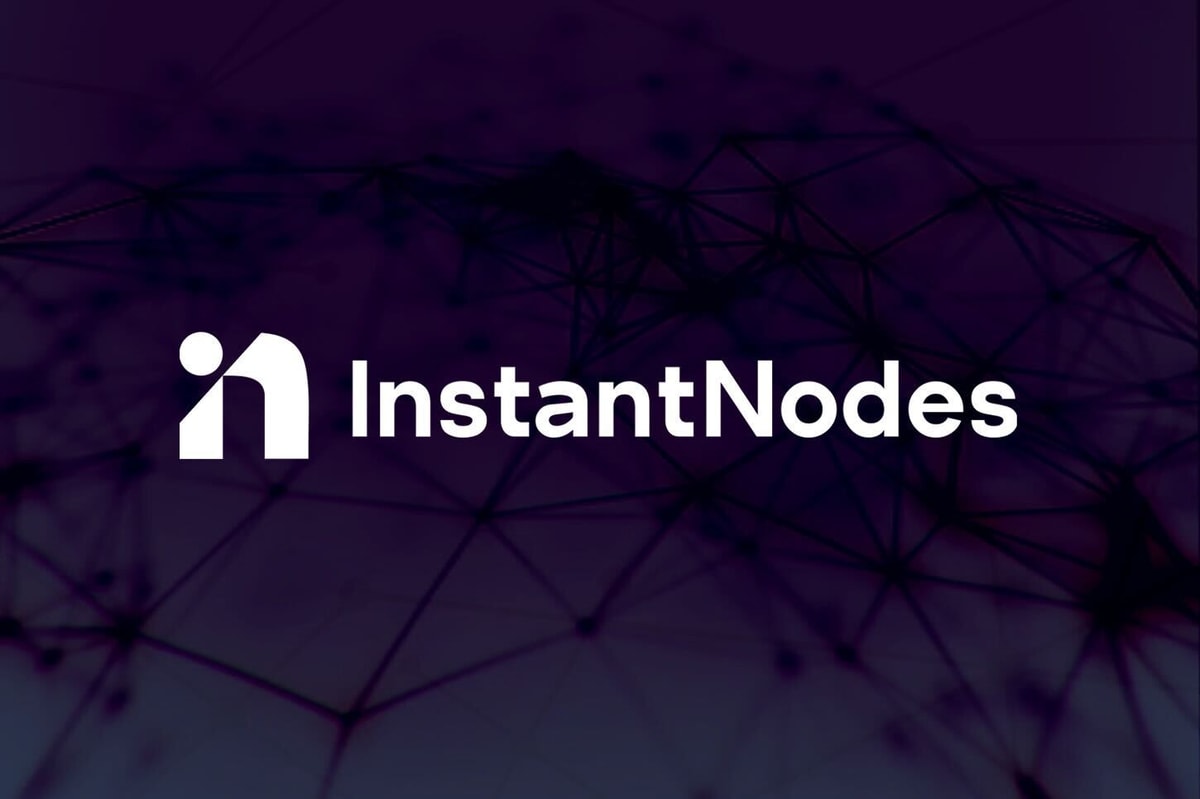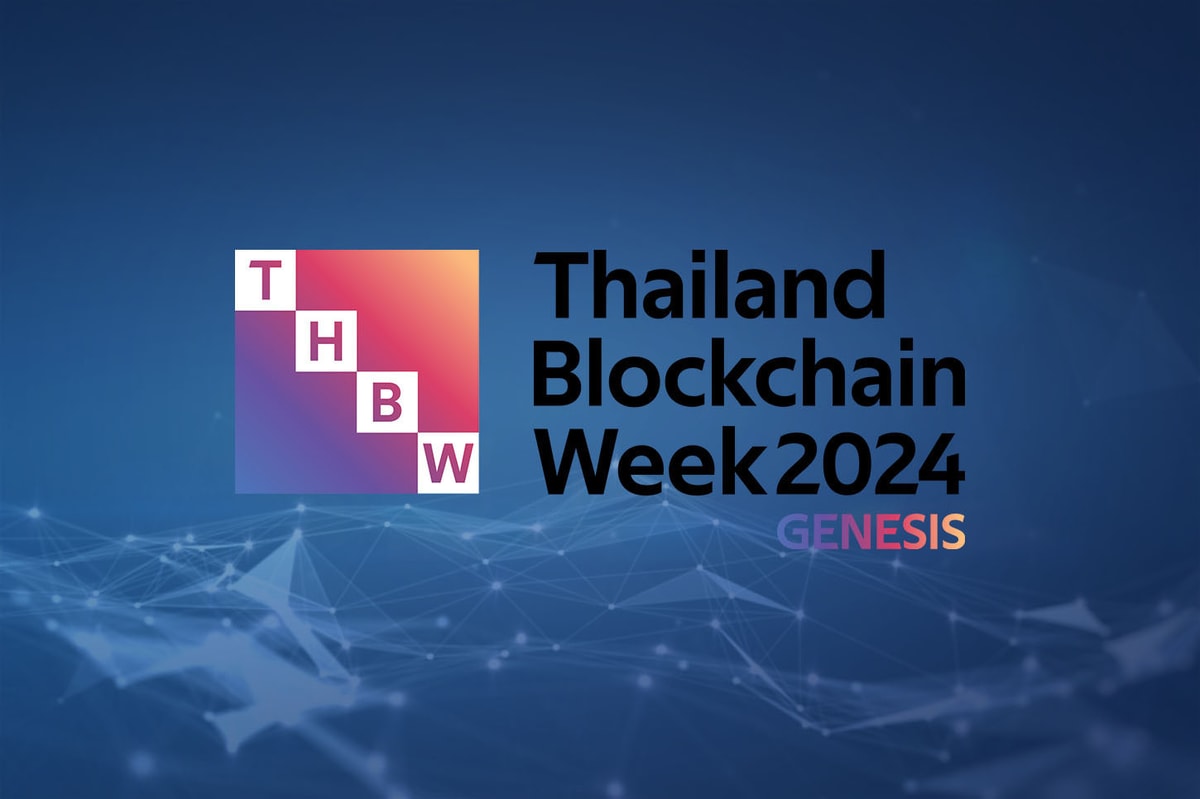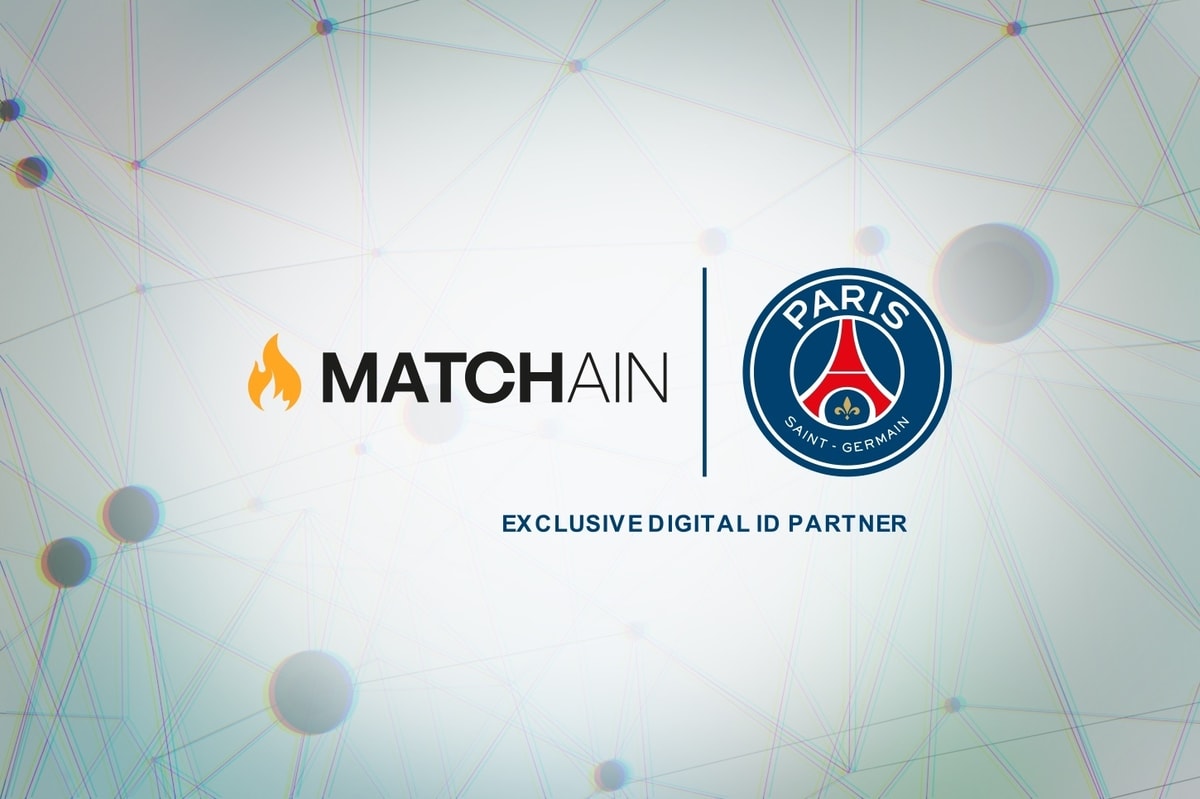The Free Ton bridge is a second-layer solution that links the Ethereum blockchain with that of Free Ton. The bridge fulfills a key function in decentralized finance, giving users the opportunity of transferring their assets from a first-layer chain, where transactions are slow and costly, to a newer chain with better scaling capabilities and close to zero fees on transactions. Due to the enhanced freedom that the Free Ton bridge seeks to give users in comparison with the limitations inherent in the original chain, it can be likened to a DeFi bank that offers clients autonomous control over their funds. In place of the typical board of directors you would find at a bank, the community here is governed democratically by a decentralized autonomous organization.
Free Ton, which was originally a community-driven offshoot of the now inactive Telegram Open Network, has now added a significant new wrinkle to its DeFi operations with the addition of its new BRIDGE tokens. The tokens provide the means for the Free Ton bridge to function by locking in the liquidity necessary for the project to operate and opening up the governing structure to users.
With Ethereum languishing in a bit of a prolonged slump, more attention is being paid to what is problematic about Ether (ETH) and how it can be improved upon. The two most glaring problems with the network are its scalability limitations and the high cost of its transaction fees. In particular, the high transaction fees, or gas fees as they are called, have been a thorn in the side of ETH users. Even as the bull run this past year saw Ethereum reach vertiginous new heights and scores of newcomers join the ranks of users, exorbitantly high gas fees had the effect of clipping the network’s wings.
Free Ton offers community-driven DeFi
In light of Ethereum’s issues, several projects have set out to provide solutions that would enable the network to reach more of its potential. One of the more noteworthy projects in the field is Free Ton, which has built a layer-two ecosystem around Ethereum with unique scaling capabilities and transaction fees at fractions of the prices of ETH.
The Free Ton project started when Telegram was forced to relinquish the plans it had for launching its own blockchain network. Rather than letting everything that was already built go to waste, a community of people that believed in the value of the technology decided to try and launch it themselves by taking a grassroots approach to funding and a decentralized approach to governance.
The way Free Ton works is via bridging. The Free Ton bridge, which is developed by Broxus, connects ETH with Free Ton so that users can transfer assets freely in both directions. The draw in using the bridge is that once removed from the Ethereum network, assets can be transferred in greater numbers at a much greater speed and a fraction of the ETH price.
New BRIDGE tokens power the ecosystem and enable self-governance
Free Ton is now issuing a new BRIDGE token that will further decentralize the governing structure of the network. These tokens are significant first of all because they are a means of managing the DAO. What this means is that any user who holds BRIDGE is eligible to vote on decisions affecting the Free Ton bridge. The more tokens you hold, the bigger the vote you will have. In addition, if you accumulate 2% or more of the total amount of issued tokens, you will be allowed to put up governing proposals of your own for a community vote.
Beyond that, BRIDGE tokens also give users the opportunity to take on a more active role in the network’s operation. Any user who locks in 100,000 BRIDGE tokens or more will be eligible to become a relay, or bridge validator. Relays are the lynchpin of the Free Ton ecosystem. By locking in the liquidity necessary to ensure that the platform can function without issues, relays perform an essential service for the community and are likewise rewarded appropriately.
Unlike other bridging services, Free Ton charges no fees on bridge transactions. Those fees are covered by the profits that the network makes off reserves and the interest generated by the liquidity locked in by users. The only fee that users have to pay is for granting rights that will turn reserves into interest-bearing assets, which should come out in their favor over time. By acquiring BRIDGE tokens, users not only open numerous avenues of potential profit but they also gain a voice that can help determine how profits are distributed in the DAO governance model.
You can buy tokens at tonswap.io.
BRIDGE presales and airdrops
There will be a total of 14,000,000 BRIDGE tokens issued, of which 65% will be allocated to farming for four years, 12% will be made available in a presale, 12% will be shared with Broxus as long-term developer motivation and 11% will be used as partnership tokens under the management of the Free Ton DeFi Alliance.
The first part of the presale was successful with 6% of the tokens going for the set price of $2 each. The upcoming second part of the presale will be happening soon. In addition to the presale, prospective users can get BRIDGE tokens by participating in one of the many airdrops that Free Ton is conducting. The details for the airdrops and additional information on the presale can be found here.
Free Ton is tentatively planning to activate its DAO governing structure in mid-July. Through the presale and airdrops, users can acquire what the platform is presenting as the ability to meaningfully participate in a project looking to expand the benefits of DeFi to everyone in an affordable and transformative way. If Free Ton is capable of achieving what it has set its sights on, it will go a long way toward ameliorating some of the flawed aspects of DeFi and laying the groundwork for a more sustainable model of future growth in the industry.




